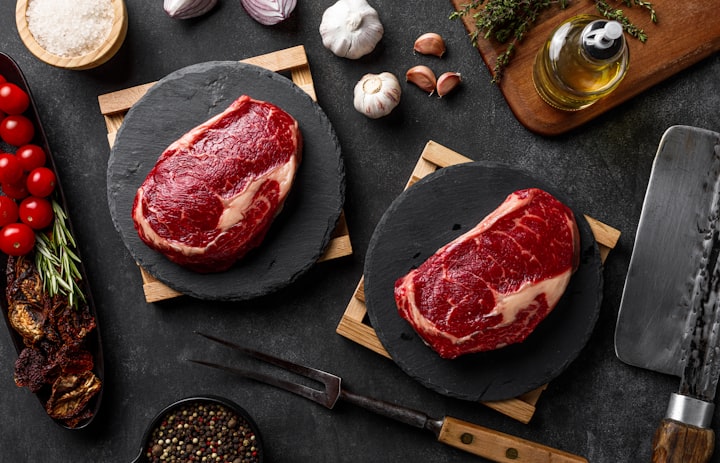
As I was with my friend ordering a drink at the cafe, the lady at the counter cheerfully asked, "So would you like almond, soy, skim, or full cream milk with that?" My friend, looking as confused as ever, asked what the difference was, to which the lady recommended almond milk with his caramel thick-shake.
Yep, back in the days the options were full cream and... uh... full cream. Now vegans love soy, health freaks love almond, and normal people love full cream.
Jokes aside, we live in an age where options are limitless, and milk is no exception. So what exactly is the difference between each milk, and is there any difference at all? Scientific facts say so.
There are about 6,100 dairy farmers in Australia, according to the National Service body of the dairy industry. The Southern states, particularly Victoria and Tasmania are where the majority of the milk supplied comes from. If you want to support Aussie dairy farmers, my best advice is to buy through a farmer's market, and buy Australian dairy products, irrespective of brand. This includes cheese and yogurt.
Full cream milk make up nearly half of all fresh milk sales, and most brands contain about 3.4 percent of fat and 3.3 percent protein. Light/low-fat milk, which includes hilo milk in Western Australia, and other states contain no more than 1.5 percent fat. If skim milk contains less than 0.15 percent of fat, it can be labelled as 'fat free', and most brands of skim contains about 0.1 percent fat. It is recommended to choose low fat varieties for everyone over the age of two years, according to the Australian Dietary Guidelines. But hey, it's really up to you.
Oh, and what is almond and soy milk? Well, almond milks are those made from hazelnuts, Brazil nuts, and even pecans. It's gaining in popularity, because of its health benefits, such as being low in calories and high in vitamin D and E. Compared with saturated fats, soy milk has a higher content of monounsaturated and polyunsaturated fats compared with saturated fats. Heart problems and high cholesterol are contributed to saturated fats, which is in cows milk.
So whether you want to make changes now, or stick to your regular milk, just know that you might be making a difference to your body as well as the dairy industry. Enjoy that coffee!






Comments
There are no comments for this story
Be the first to respond and start the conversation.